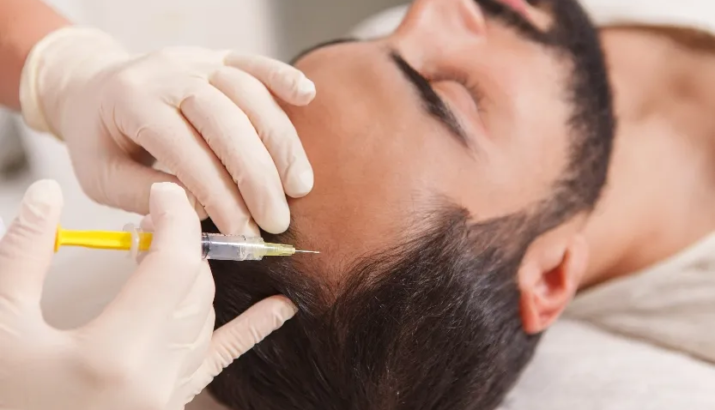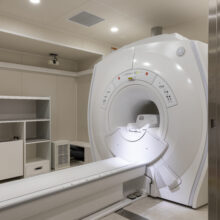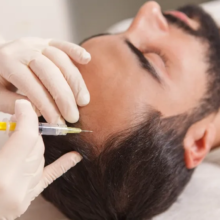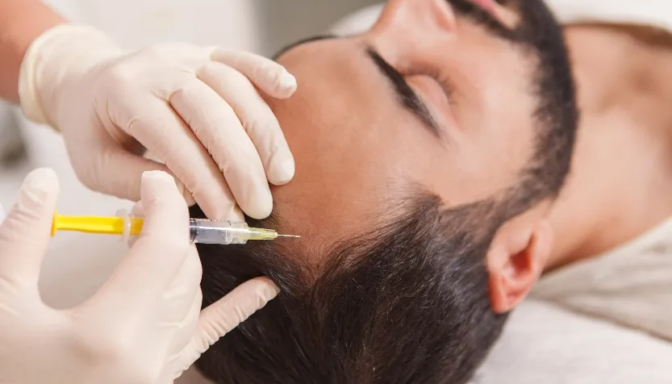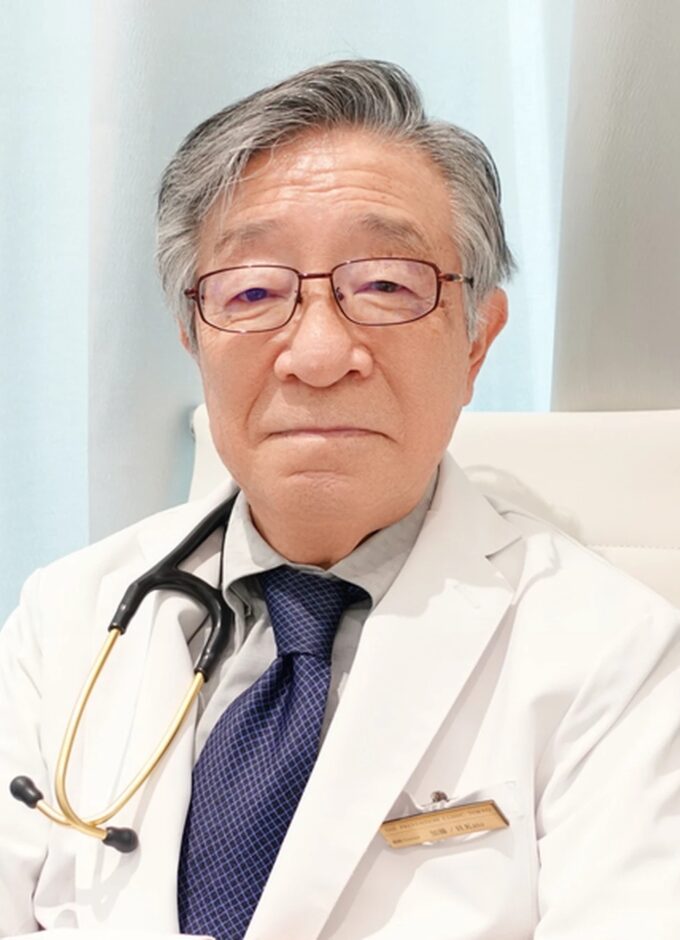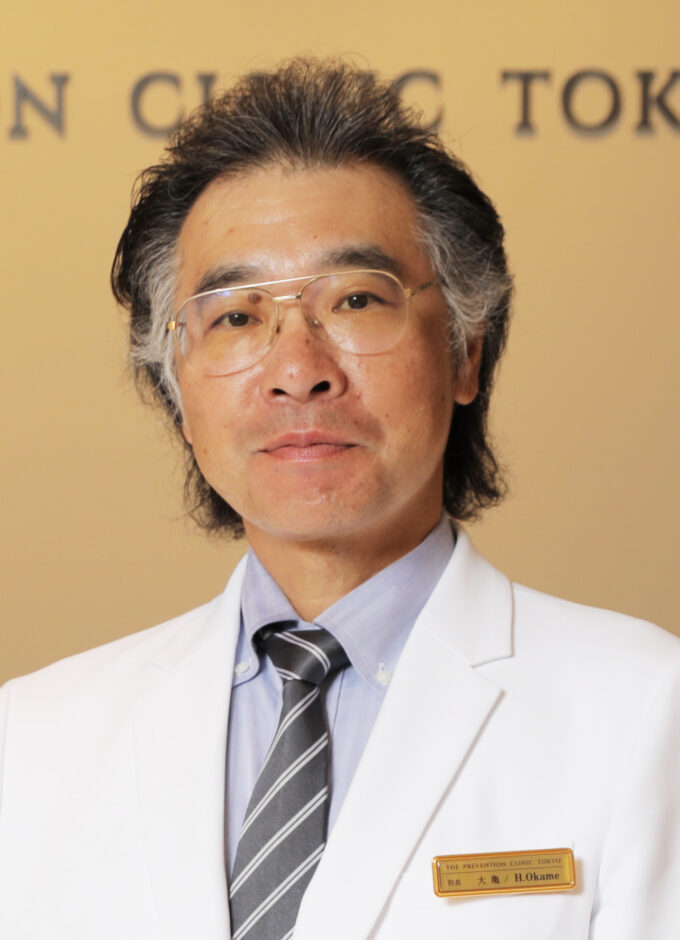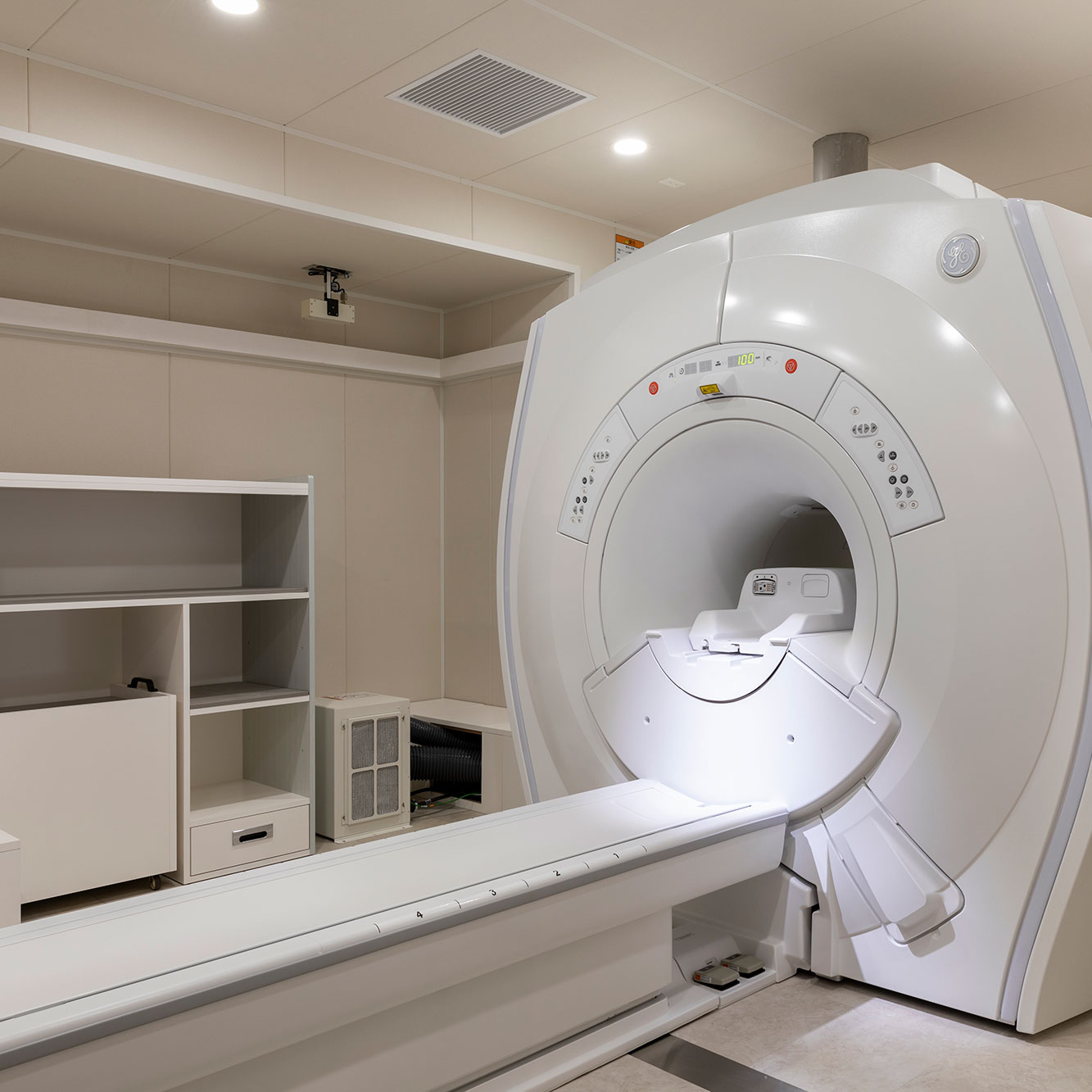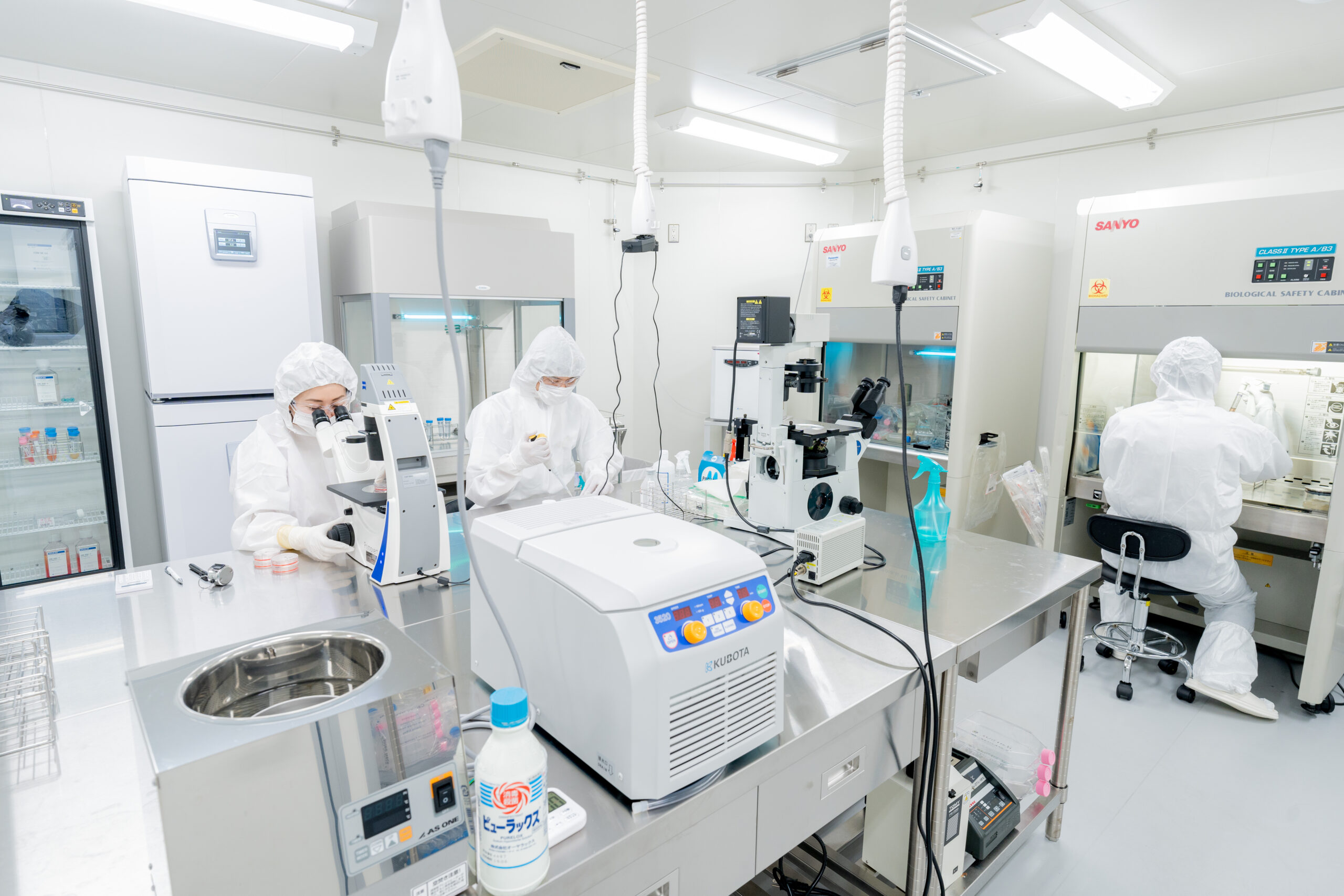The Background and Impact of Hair Loss
In Japan, many people face problems related to hair thinning and hair loss. Especially among middle-aged men and women, concerns about reduced hair volume and changes in hair quality are significant. The causes of hair loss include genetics, hormonal imbalances, stress, irregular lifestyles, nutritional deficiencies, and aging. It is said that millions of Japanese people suffer from hair loss issues. In today’s society, where work and family stress are prevalent, mental burdens can accelerate the progression of hair loss.
Causes and Effects of Hair Loss
The main causes of hair thinning and loss are genetic factors and hormonal changes. In men, male-pattern baldness (AGA), caused by changes in testosterone, is common. For women, hormonal changes during pregnancy, childbirth, and menopause are contributing factors. AGA is characterized by thinning hair in the frontal and crown areas, which progresses to overall reduced hair density.
Additionally, stress, lack of sleep, and poor nutrition in modern society exacerbate hair loss. These factors negatively impact the hair growth cycle, causing thinning hair and increased shedding. Furthermore, smoking, excessive alcohol consumption, and overuse of styling products can harm scalp health and increase the risk of hair loss.
Current Hair Loss Solutions
There are various solutions for hair loss, such as hair growth shampoos, hair growth agents, massages, supplements, and hair transplantation. Hair growth shampoos and agents improve the scalp environment and promote hair growth, but it takes time to see results. These products contain ingredients that improve blood circulation in the scalp and activate hair matrix cells, but require daily use and continuous care.
Hair transplantation is highly effective but comes with high costs, and many people have concerns about surgery. Post-surgery downtime and aftercare can be burdensome for busy individuals. Proper scalp hygiene and moisturizing after surgery are essential, along with follow-up care.
Supplements and nutritional therapies are also effective, but they lack immediacy and require long-term commitment. Maintaining a balanced intake of vitamins, minerals, and amino acids that support hair health is vital. However, dietary improvements alone may not suffice. The effectiveness of these methods varies based on individual circumstances, making it important to find the optimal solution.

The Innovation of Stem Cell Culture Supernatant Treatment
A new treatment that has been gaining attention for hair loss is stem cell culture supernatant. Stem cell culture supernatant contains abundant growth factors that activate hair matrix cells. Specifically, PDGF (platelet-derived growth factor) and IGF-1 (insulin-like growth factor-1) support hair regeneration. These growth factors promote cell proliferation and regeneration, improving scalp health and fundamentally supporting hair growth.
Stem cell culture supernatant treatment is a novel approach compared to traditional hair loss treatments, and its effectiveness has been demonstrated in numerous clinical trials. This treatment can activate hair matrix cells to promote hair growth, addressing hair thinning and shedding at the root. Furthermore, the action of growth factors improves blood circulation in the scalp, ensuring nutrients reach the hair follicles.
Mechanism of Stem Cell Culture Supernatant Treatment
In stem cell culture supernatant treatment, a supernatant containing growth factors is directly injected into the scalp. By using injections or microneedles, the growth factors are delivered to the hair matrix cells, fundamentally promoting hair growth. This treatment can be combined with other hair growth products or shampoos to enhance its effectiveness. The supernatant is formulated to penetrate the scalp easily, and injections or microneedles ensure that growth factors reach the hair matrix cells directly.
This treatment can be performed in a short time with minimal pain. Moreover, patients can return to their daily lives immediately after treatment, making it a convenient option for busy individuals. Regular treatment ensures sustained results, with 1–2 sessions per month typically recommended. An optimal treatment plan is provided based on individual conditions.
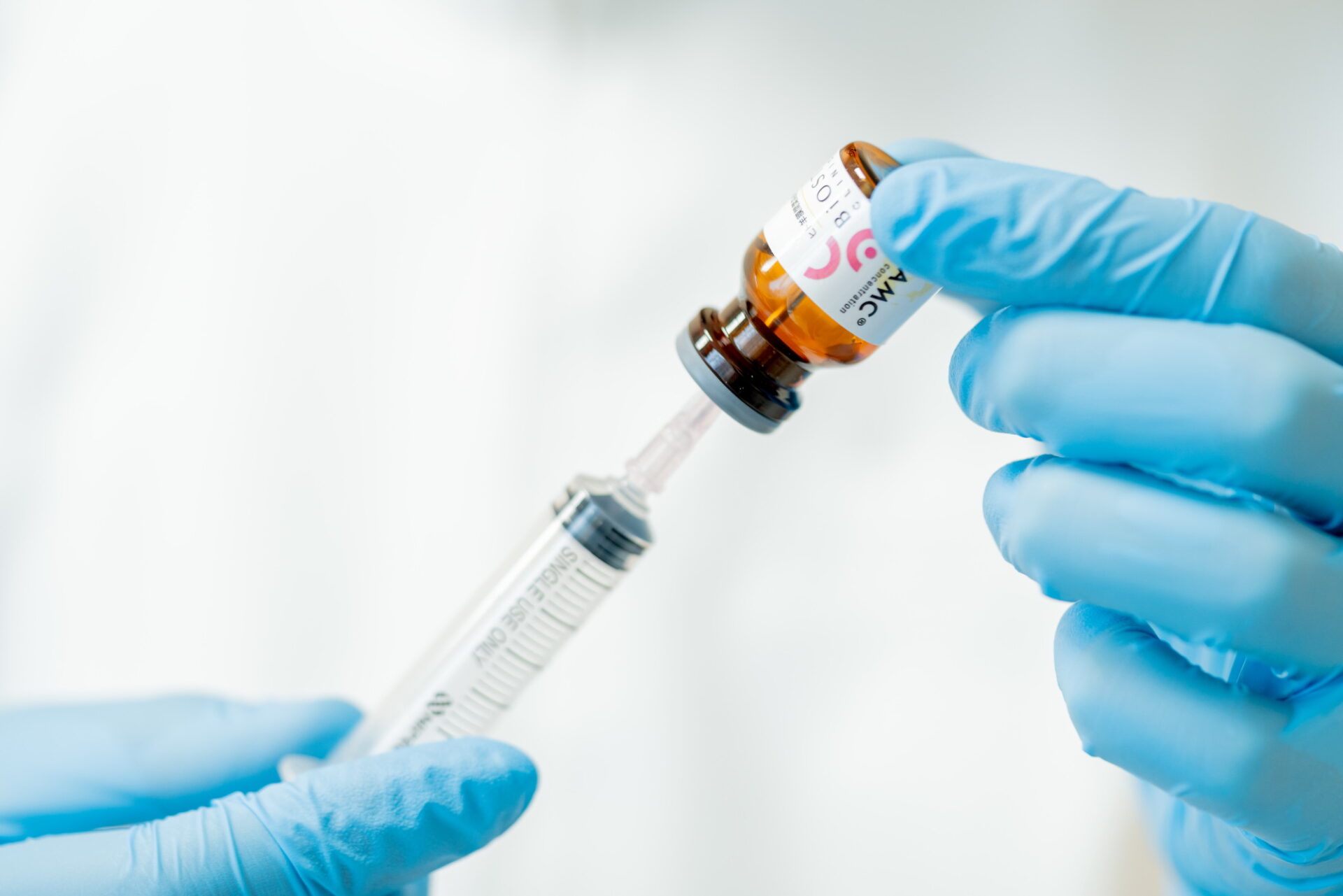
Advantages of Stem Cell Culture Supernatant Treatment
The biggest advantage of stem cell culture supernatant treatment is its minimal side effects. Compared to conventional drug therapies, this treatment uses natural ingredients, ensuring high safety and peace of mind. It is produced under strict quality control and has been proven safe and effective in numerous clinical trials. Since no chemical drugs are used, the risk of allergies or side effects is low, making it safe for long-term use.
Additionally, stem cell culture supernatant is customized to the individual patient’s condition for more effective treatment. For example, if certain growth factors are deficient, the supernatant can be adjusted to include the necessary components, maximizing effectiveness. Moreover, comprehensive follow-up care and aftercare are provided to maintain the treatment’s benefits.

The Role of Specialized Clinics
Many advanced clinics are equipped with specialized cell processing and culture rooms, supervised by experts in regenerative medicine. Skilled technicians provide high-quality stem cell culture supernatants, ensuring fresh and effective treatments. This allows patients to receive treatment with confidence and achieve optimal results. Clinics utilize state-of-the-art facilities and technology to offer personalized treatment plans for each patient.
Furthermore, clinics conduct detailed consultations and examinations before treatment to understand the patient’s condition and propose the best treatment method. This maximizes the effectiveness of the treatment and enhances patient satisfaction. Additionally, clinics offer comprehensive follow-up care after treatment, providing advice and support to maintain the treatment’s effects.
Post-Treatment Care and Support
Patients can return to their daily lives immediately after stem cell culture supernatant treatment. However, proper aftercare is essential to maximize the treatment’s benefits. Light activities and showers are generally allowed after treatment, but intense exercise and excessive scalp massages should be avoided. The scalp may be sensitive immediately after treatment, so avoiding excessive stimulation or pressure is recommended.
Aftercare includes maintaining scalp cleanliness and appropriate hydration. Following the aftercare instructions provided by the clinic and using recommended hair growth shampoos or treatments is advised. Additionally, improving lifestyle habits and maintaining a balanced diet are crucial for enhancing treatment effectiveness. Stress management and adequate sleep are also essential for maintaining healthy hair.
Treatment Effectiveness and Sustainability
The effects of stem cell culture supernatant treatment vary among individuals, but improvements in hair density and quality are often observed after a few sessions. Within a few weeks of starting treatment, hair growth may accelerate, and hair loss progression may slow. While many patients notice results after the initial treatments, ongoing sessions are necessary to achieve ideal outcomes.
To sustain the effects, regular treatment is recommended. Typically, 1–2 sessions per month are effective, but the optimal treatment plan depends on individual symptoms and progress. Long-term treatments can yield more lasting results, so it’s important to work with a doctor to establish the best schedule.
Cost and Value of the Treatment
The cost of stem cell culture supernatant treatment may be higher than general hair loss treatments, but it is highly valued for its effectiveness. Total treatment costs depend on the number of sessions, the amount of supernatant used, and the clinic’s facilities. Many clinics offer package plans to reduce costs while ensuring effective treatment.
Stem cell culture supernatant treatment is often less expensive than self-stem cell treatments, making it a more accessible option. Clinics provide detailed explanations of costs before treatment, allowing patients to choose a plan they are comfortable with.
What to Know Before Treatment
Before undergoing stem cell culture supernatant treatment, it’s important to check the reliability and track record of the clinic. Clinics with certified regenerative medicine specialists and high-quality cell processing facilities are recommended. Gathering sufficient information about the treatment’s effectiveness and safety beforehand is crucial.
Additionally, consulting with a doctor before treatment to establish a plan tailored to your condition and goals is essential. If you have any questions or concerns about the treatment, don’t hesitate to consult the medical staff. Understanding the treatment thoroughly can provide peace of mind during the process.


